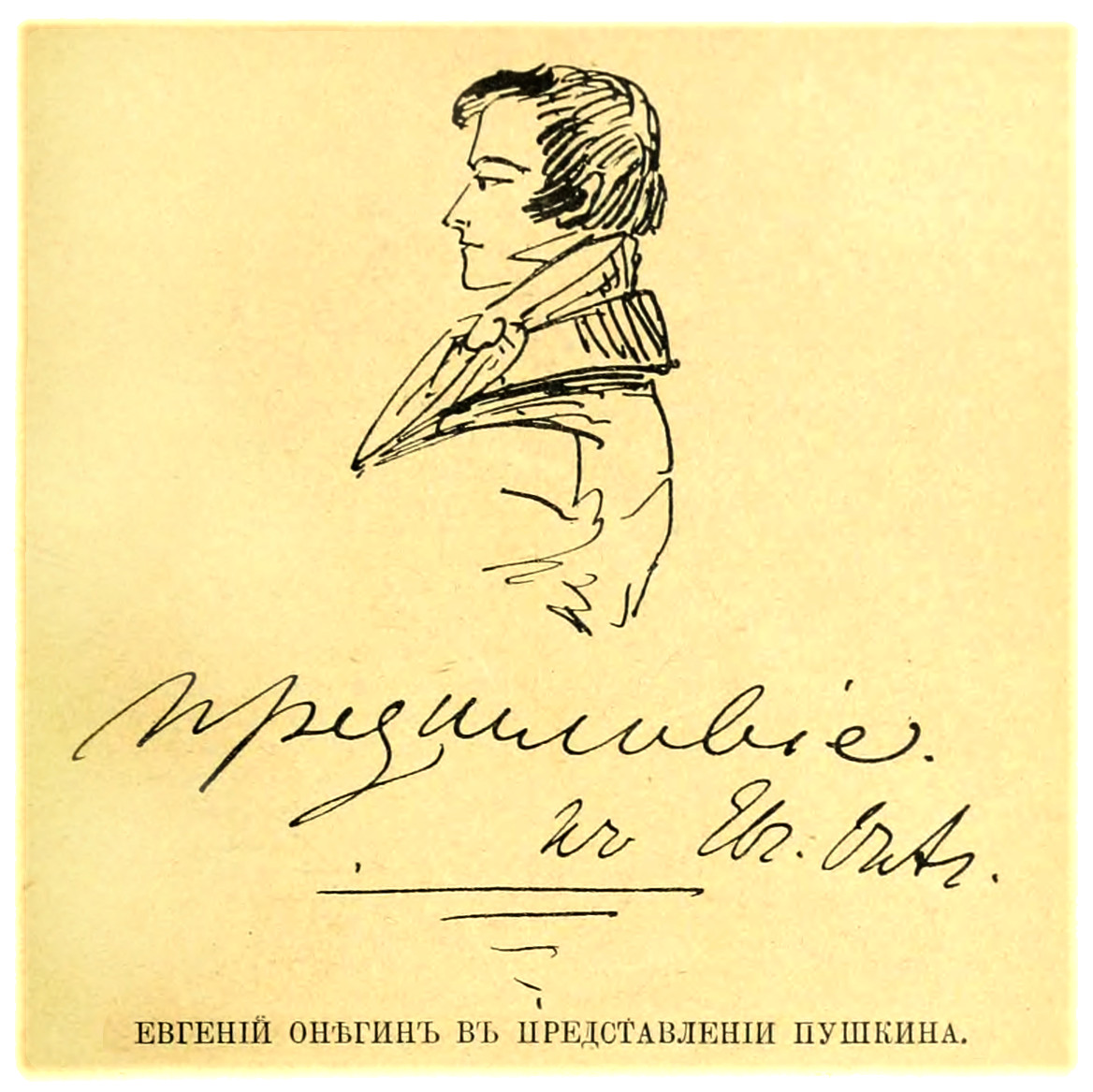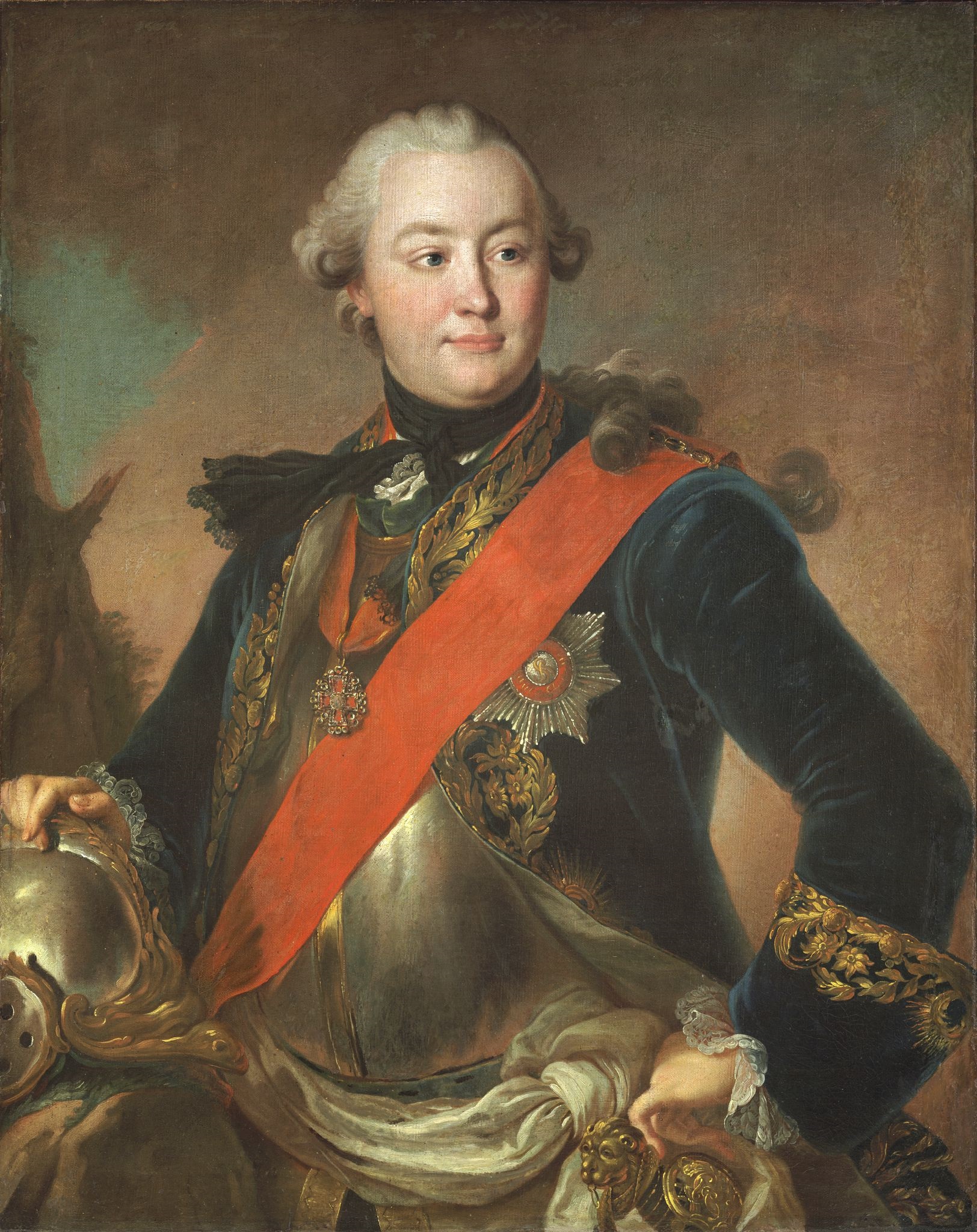|
Palace Quay
The Palace Embankment or Palace Quay (Russian: Дворцовая набережная, Dvortsovaya naberezhnaya) is a street along the Neva River in Central Saint Petersburg which contains the complex of the Hermitage Museum buildings (including the Winter Palace), the Hermitage Theatre, the New Michael Palace, the Saltykov Mansion and the Summer Garden. The embankment was wooden up to 1761, when Catherine the Great ordered court architect Yury Felten to build stone embankments. The street as seen nowadays was laid out between 1763 and 1767, when it used to be a preferred place of residence for the Russian Imperial Nobility. The street begins at the Palace Bridge, where the Admiralty Embankment becomes the Palace Embankment, and the street ends at the Fontanka, where it becomes the Kutuzov Embankment. The Palace Embankment is one of the main places of interest in the city as it offers a wonderful view of the Neva, the Peter and Paul Fortress and Vasilievsky Island. Notab ... [...More Info...] [...Related Items...] OR: [Wikipedia] [Google] [Baidu] |
Vasilievsky Island
Vasilyevsky Island (russian: Васи́льевский о́стров, Vasilyevsky Ostrov, V.O.) is an island in St. Petersburg, Russia, bordered by the Bolshaya Neva and Malaya Neva Rivers (in the delta of the Neva River) in the south and northeast, and by Neva Bay of the Gulf of Finland in the west. Vasilyevsky Island is separated from Dekabristov Island by the Smolenka River. Together they form the territory of Vasileostrovsky District, an administrative division of Saint Petersburg. Situated just across the river from the Winter Palace, it constitutes a large portion of the city's historic center. Two of the most famous St. Petersburg bridges, Palace Bridge and Blagoveshchensky Bridge, connect it with the mainland to the south. The Exchange Bridge and Tuchkov Bridge across the Malaya Neva connect it with Petrogradsky Island. Vasilyevsky Island is served by Vasileostrovskaya and Primorskaya stations of Saint Petersburg Metro ( Line 3 ). There are plans to build ... [...More Info...] [...Related Items...] OR: [Wikipedia] [Google] [Baidu] |
Streets In Saint Petersburg
Streets is the plural of street, a type of road. Streets or The Streets may also refer to: Music * Streets (band), a rock band fronted by Kansas vocalist Steve Walsh * ''Streets'' (punk album), a 1977 compilation album of various early UK punk bands * '' Streets...'', a 1975 album by Ralph McTell * '' Streets: A Rock Opera'', a 1991 album by Savatage * "Streets" (song) by Doja Cat, from the album ''Hot Pink'' (2019) * "Streets", a song by Avenged Sevenfold from the album ''Sounding the Seventh Trumpet'' (2001) * The Streets, alias of Mike Skinner, a British rapper * "The Streets" (song) by WC featuring Snoop Dogg and Nate Dogg, from the album ''Ghetto Heisman'' (2002) Other uses * ''Streets'' (film), a 1990 American horror film * Streets (ice cream), an Australian ice cream brand owned by Unilever * Streets (solitaire), a variant of the solitaire game Napoleon at St Helena * Tai Streets (born 1977), American football player * Will Streets (1886–1916), English soldier and poe ... [...More Info...] [...Related Items...] OR: [Wikipedia] [Google] [Baidu] |
Vladimir Nabokov
Vladimir Vladimirovich Nabokov (russian: link=no, Владимир Владимирович Набоков ; 2 July 1977), also known by the pen name Vladimir Sirin (), was a Russian-American novelist, poet, translator, and entomologist. Born in Imperial Russia in 1899, Nabokov wrote his first nine novels in Russian (1926–1938) while living in Berlin, where he met his wife. He achieved international acclaim and prominence after moving to the United States, where he began writing in English. Nabokov became an American citizen in 1945 and lived mostly on the East Coast before returning to Europe in 1961, where he settled in Montreux, Switzerland. From 1948 to 1959, Nabokov was a professor of Russian literature at Cornell University. Nabokov's 1955 novel '' Lolita'' ranked fourth on Modern Library's list of the 100 best 20th-century novels in 2007 and is considered one of the greatest 20th-century works of literature. Nabokov's ''Pale Fire'', published in 1962, was ranked ... [...More Info...] [...Related Items...] OR: [Wikipedia] [Google] [Baidu] |
Epigram
An epigram is a brief, interesting, memorable, and sometimes surprising or satirical statement. The word is derived from the Greek "inscription" from "to write on, to inscribe", and the literary device has been employed for over two millennia. The presence of wit or sarcasm tends to distinguish non-poetic epigrams from aphorisms and adages, which tend to lack those qualities. Ancient Greek The Greek tradition of epigrams began as poems inscribed on votive offerings at sanctuariesincluding statues of athletesand on funerary monuments, for example "Go tell it to the Spartans, passersby...". These original epigrams did the same job as a short prose text might have done, but in verse. Epigram became a literary genre in the Hellenistic period, probably developing out of scholarly collections of inscriptional epigrams. Though modern epigrams are usually thought of as very short, Greek literary epigram was not always as short as later examples, and the divide between "ep ... [...More Info...] [...Related Items...] OR: [Wikipedia] [Google] [Baidu] |
Torquato Tasso
Torquato Tasso ( , also , ; 11 March 154425 April 1595) was an Italian poet of the 16th century, known for his 1591 poem ''Gerusalemme liberata'' (Jerusalem Delivered), in which he depicts a highly imaginative version of the combats between Christians and Muslims at the end of the First Crusade, during the Siege of Jerusalem (1099), Siege of Jerusalem of 1099. Tasso had mental illness and died a few days before he was to be Poet laureate, crowned on the Capitoline Hill as the king of poets by Clement VIII, Pope Clement VIII. His work was widely translated and adapted, and until the beginning of the 20th century, he remained one of the most widely read poets in Europe. Biography Early life Born in Sorrento, Torquato was the son of Bernardo Tasso, a nobleman of Bergamo and an epic and lyric poet of considerable fame in his day, and his wife Porzia de Rossi, a noblewoman born in Naples of Tuscany, Tuscan origins. His father had for many years been secretary in the service of F ... [...More Info...] [...Related Items...] OR: [Wikipedia] [Google] [Baidu] |
Alexander Pushkin
Alexander Sergeyevich Pushkin (; rus, links=no, Александр Сергеевич ПушкинIn pre-Revolutionary script, his name was written ., r=Aleksandr Sergeyevich Pushkin, p=ɐlʲɪkˈsandr sʲɪrˈɡʲe(j)ɪvʲɪtɕ ˈpuʂkʲɪn, a=ru-Pushkin.ogg; ) was a Russian poet, playwright, and novelist of the Romantic era.Basker, Michael. Pushkin and Romanticism. In Ferber, Michael, ed., ''A Companion to European Romanticism''. Oxford: Blackwell, 2005. He is considered by many to be the greatest Russian poetShort biography from University of Virginia . Retrieved 24 November 2006.Allan Rei ... [...More Info...] [...Related Items...] OR: [Wikipedia] [Google] [Baidu] |
Eugene Onegin
''Eugene Onegin, A Novel in Verse'' ( pre-reform Russian: ; post-reform rus, Евгений Оне́гин, ромáн в стихáх, p=jɪvˈɡʲenʲɪj ɐˈnʲeɡʲɪn, r=Yevgeniy Onegin, roman v stikhakh) is a novel in verse written by Alexander Pushkin. ''Onegin'' is considered a classic of Russian literature, and its eponymous protagonist has served as the model for a number of Russian literary heroes (so-called ''superfluous men''). It was published in serial form between 1825 and 1832. The first complete edition was published in 1833, and the currently accepted version is based on the 1837 publication. Almost the entire work is made up of 389 fourteen-line stanzas (5,446 lines in all) of iambic tetrameter with the unusual rhyme scheme , where the uppercase letters represent feminine rhymes while the lowercase letters represent masculine rhymes. This form has come to be known as the "Onegin stanza" or the "Pushkin sonnet". The innovative rhyme scheme, the natural tone a ... [...More Info...] [...Related Items...] OR: [Wikipedia] [Google] [Baidu] |
Vladimir Palace
The Vladimir Palace (russian: Влади́мирский дворе́ц, Vladimirsky dvorets) is the former palace of Grand Duke Vladimir Alexandrovich of Russia, son of Alexander II. It was one of the last imperial palaces to be constructed in Saint Petersburg, Russia. It was designed by a team of architects including Vasily Kenel, Aleksandr Rezanov, Andrei Huhn, Ieronim Kitner, Vladimir Shreter and Maximilian Messmacher. Construction work on the waterfront lasted from 1867 to 1872, additional construction and extensions continued in the 1880s and 1890s. Major restorations were made in 1980s and in 2010. Like the Winter Palace and the Marble Palace, the Vladimir Palace is on the waterfront of the South bank of the river Neva; the location on Palace Embankment was extremely prized by the Russian aristocracy. The Neo-renaissance façade, richly ornamented with stucco rustication, was patterned after Leon Battista Alberti's palazzi in Florence. The main porch is built of Bremen sa ... [...More Info...] [...Related Items...] OR: [Wikipedia] [Google] [Baidu] |
Russian Museum
The State Russian Museum (russian: Государственный Русский музей), formerly the Russian Museum of His Imperial Majesty Alexander III (russian: Русский Музей Императора Александра III), on Arts Square in Saint Petersburg, is the world's largest depository of Russian fine art. It is also one of the largest art museums in the world with total area over 30 hectares. In 2021 it attracted 2,260,231 visitors, ranking second on list of most-visited art museums in the world. Creation The museum was established on April 13, 1895, upon enthronement of the emperor Nicholas II to commemorate his father, Alexander III. Its original collection was composed of artworks taken from the Hermitage Museum, Alexander Palace, and the Imperial Academy of Arts. The task to restructure the interiors according to the need of future exposition was imposed on Vasily Svinyin. The grand opening took place on the 17 of March, 1898. After the Russi ... [...More Info...] [...Related Items...] OR: [Wikipedia] [Google] [Baidu] |
Grigory Orlov
Prince Grigory Grigoryevich Orlov (russian: Князь Григорий Григорьевич Орлов; 6 October 1734, Bezhetsky Uyezd – 13 April 1783, Moscow) was a favourite of the Empress Catherine the Great of Russia. He became a leader of the 1762 coup which overthrew Catherine's husband Peter III of Russia and installed Catherine as empress. For some years he was virtually co-ruler with her, but his repeated infidelities and the enmity of Catherine's other advisers led to his fall from power. Overthrow of Peter Orlov was the son of Gregory Orlov, governor of Great Novgorod. He had a younger brother Alexei Grigoryevich Orlov who would equally gain military and political prominence in Russia. Grigory Orlov was educated in the corps of cadets at Saint Petersburg, began his military career in the Seven Years' War, and was wounded at Zorndorf. While serving in the capital as an artillery officer, he caught the fancy of the then Grand Duchess Catherine Alekseyevna, and ... [...More Info...] [...Related Items...] OR: [Wikipedia] [Google] [Baidu] |





